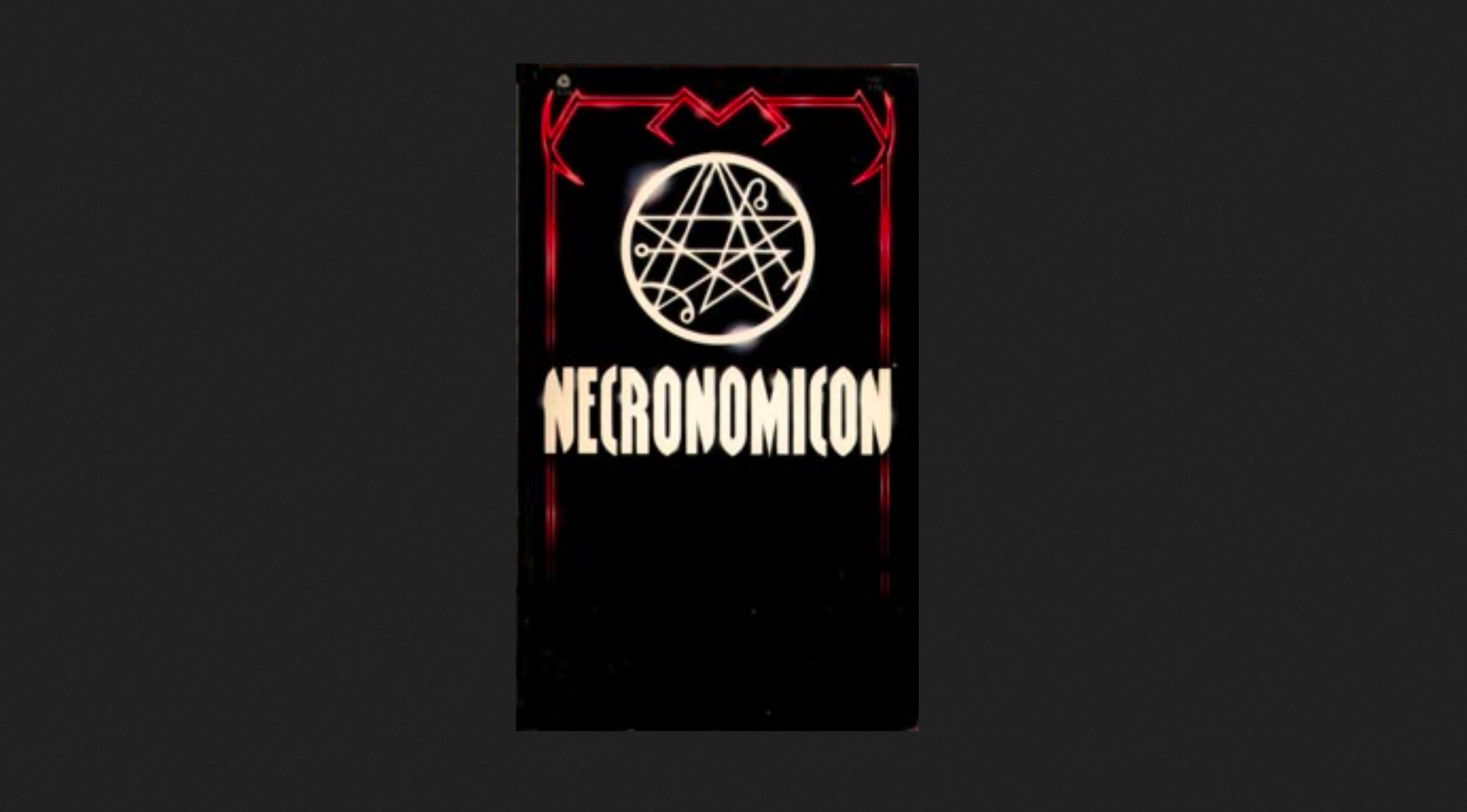Book review: The Necronomicon - Simon
Simon’s Necronomicon aims for Lovecraftian levels of mystisism but is really a disappointing missed opportunity.

If you do click through to Bookshop and make a purchase, I'll get a small percentage of the sale (and you won't be charged more).
This book is purportedly a "real" translation of the fictional book made up by the gothic horror writer H.P. Lovecraft. During his lifetime, Lovecraft repeatedly made references, and even explicitly stated, that the book was fictional.
With that in mind, Simon's Necronomicon, as it is known, should be viewed as a work of fiction — despite what the authors suggest otherwise. The book begins with a lengthy introduction about the context of the "translation" as you may expect for an important text like The Inferno of Dante, for example. The book then launches into the "Mad Arab's" writings.
If you're looking at it as a work of non-fiction, then it is a shame that the authors decided to translate the text in broken 16th century English. There are also no explanatory notes anywhere in the book for the reader to follow or understand the plethora of unusual names and places. It ends up being a difficult read when you have no context to about a third of the content.
If this book is a work of fiction (pro tip: it is) it's a very low-quality story. There are far too many childish and ridiculous spells or repetitions of phrases as if to make it seem authentic. The chants and incantations are ridiculous and don't seem to relate to one another or have any real point, and very few of them seem to be aimed at doing anything in particular.
Interestingly for a book that is marketed based on its occult affiliation, most of the book is devoted to the worship or invocation of the "good" Gods and spirits with only one very disjointed chapter ever referring to anything vaguely sinister or demonic.
It is worth noting the historical context of this book. During the 1970s, largely in US, there was a lot of sensationalist media coverage of the occult or paranormal. The Necronomicon was even released in the same year as the infamous Amityville Horror, making it seem like a functional cash-in on the latest moral panic.
Overall I was hugely disappointed by this book. I was intrigued by its cult status but came away feeling as though I had been duped into reading a poorly written children's horror book.
Rating: 1/5

